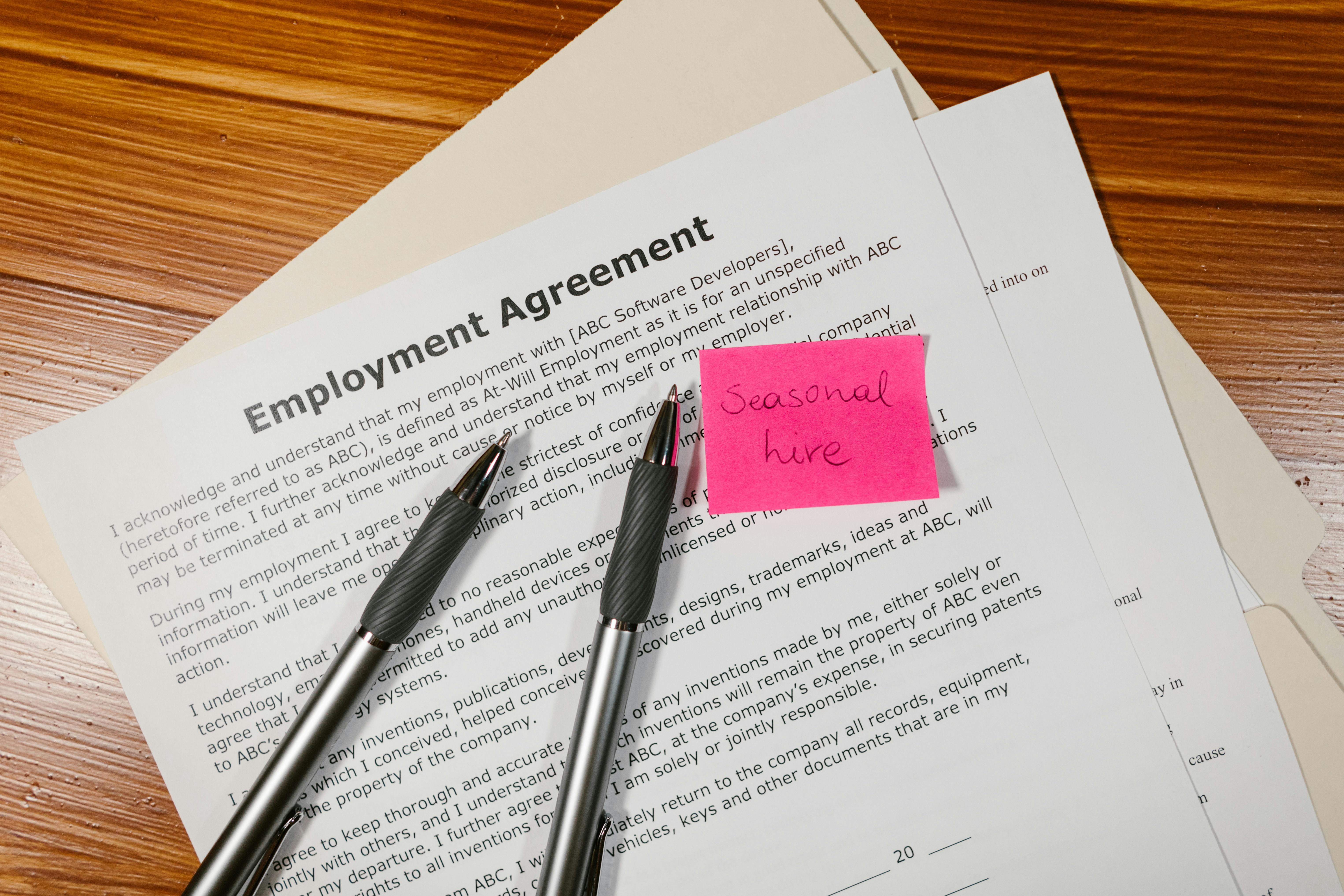Your recruitment team just spent three weeks screening 400 resumes for a senior developer role. Meanwhile, an AI tool processed the same applications in 90 minutes. Impressive, right? Here's what happened next: the AI shortlisted 15 candidates based on keyword matches and experience metrics. But it completely missed the candidate who pivoted from biology research—someone with exceptional problem-solving skills and a track record of learning complex systems quickly.
This scenario plays out daily in companies exploring artificial intelligence for hiring. The technology promises efficiency that traditional staffing processes can't match. Yet the most successful organizations aren't choosing between AI and human judgment—they're strategically combining both.
The question isn't whether to use AI in recruitment. It's how to integrate these tools while preserving the human elements that identify truly exceptional talent.

AI has transformed initial screening stages of hiring. According to a 2024 LinkedIn study, 67% of hiring managers now use some form of automated candidate assessment. These systems scan resumes, analyze video interviews, and even predict candidate success rates based on historical data.
Tech consulting firms have been early adopters, using AI to manage high application volumes for specialized roles. The efficiency gains are real: companies report reducing time-to-hire by 35-40% on average.
But here's what the statistics don't capture: AI excels at identifying patterns in existing data, not at recognizing potential that doesn't fit established templates.
Let's be specific about what artificial intelligence does well in recruitment contexts.
Resume Screening at Scale
When you're handling 500+ applications for a handful of positions, AI can eliminate clearly unqualified candidates in hours instead of weeks. For IT outsourcing companies managing ongoing staffing needs across multiple clients, this efficiency directly impacts delivery timelines.
The technology identifies exact qualifications—specific programming languages, years of experience, educational credentials, required certifications.
Reducing Initial Bias Points
Properly configured AI systems can remove demographic information that unconsciously influences human reviewers. Names, graduation years, and location data get stripped before humans see applications.
A 2023 Harvard Business Review study found that blind resume screening increased interview rates for qualified candidates from underrepresented groups by 25%.
Handling Logistics and Scheduling
Chatbots coordinate interview times across multiple time zones. Automated systems send reminders, collect required documents, and maintain communication with candidates. This frees recruiting teams for higher-value activities.
Technology can't replicate certain judgment calls that separate adequate hires from outstanding ones.
Assessing Cultural Alignment
Your company values might include collaboration, innovation, or autonomy. AI can't determine if a candidate will thrive in your specific environment. That requires conversation, observation, and contextual judgment.
Consulting services, particularly nearshoring arrangements, depend heavily on cultural fit. Teams working across borders need members who communicate effectively despite different working styles and expectations.
Evaluating Transferable Skills
Humans recognize when someone's background in an unrelated field brings valuable perspective. We see how a former teacher's communication skills translate to technical documentation. We understand how a retail manager's crisis management experience applies to IT project coordination.
AI systems, trained on historical hiring patterns, tend to recommend candidates who mirror existing team members.
Reading Between the Lines
During interviews, humans detect enthusiasm, curiosity, and problem-solving approaches that don't fit into scoring algorithms. We notice how candidates ask questions, handle unexpected topics, and demonstrate genuine interest versus rehearsed responses.

The most effective approach combines AI efficiency with human judgment at specific decision points.
Stage 1: AI-Powered Initial Screening
Use automated systems to handle high-volume filtering. Set clear parameters: required qualifications, deal-breaker absences, basic skill requirements. Let technology handle the obvious eliminations.
Stage 2: Human Review of AI Shortlists
Recruiters and hiring managers review the AI-generated shortlist with fresh perspective. Look specifically for what the algorithm might miss: unconventional backgrounds, career transitions, diverse experience paths.
Add back candidates the AI eliminated if their overall profile suggests potential.
Stage 3: Human-Led Interviews with AI Support
Conduct interviews the traditional way—conversation, questions, observation. Use AI-generated insights as reference points, not decision drivers. Some systems analyze speech patterns or facial expressions, but treat this data as supplementary context.
Stage 4: Collaborative Final Decision
Bring together human assessments, reference checks, and AI-compiled data points. Let hiring managers make the final call based on comprehensive information, not algorithm recommendations alone.
Start with clear role definitions. AI performs better when you can articulate specific, measurable requirements. Vague job descriptions produce vague AI recommendations.
Train your recruitment team to question AI outputs. When the system recommends or eliminates candidates, humans should understand why and have authority to override when justified.
For companies engaged in recruitment or staffing services, document what works. Track which AI recommendations led to successful hires versus which human overrides proved correct. Refine your approach based on actual outcomes.
The hiring landscape will increasingly feature artificial intelligence tools. Companies that use these systems to enhance—not replace—human judgment will build stronger teams.
Think of AI as handling the "what" while humans manage the "who." Technology identifies candidates who meet specifications. People determine who will actually succeed in your specific context.
Your recruitment strategy should leverage AI's processing power while preserving human insight into potential, fit, and intangible qualities that drive long-term success. Neither approach works optimally alone. Together, they create a hiring process that's both efficient and effective.
Start by identifying one recruitment bottleneck in your current process. Test how AI might address it while maintaining human oversight at critical decision points. Measure results, adjust your approach, and scale what works.
The future of hiring isn't human versus machine—it's humans and machines working in strategic partnership.